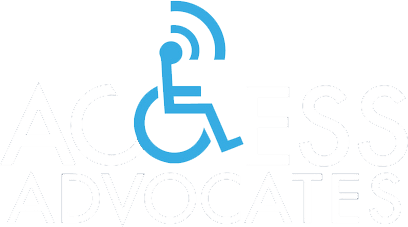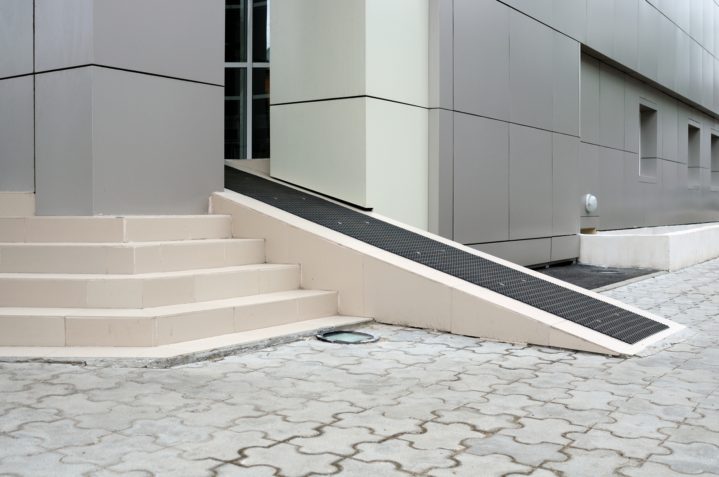According to the U.S. Department of Justice, regardless of a builder’s best intentions, when it comes to ADA building compliance, it is common for the same mistakes to be repeated over and over and over again. In fact, it happens so often the Civil Rights Division of the U.S. Department of Justice has a publication that deals specifically with this subject in the hopes that future construction project managers will avoid the ADA building compliance errors of those who have gone before them.
#1 Accessible Parking
ADA building compliance is important in parking lots and parking structures. The most common mistake made in a parking area designated for people with disabilities is creating a space with an uneven surface. This creates the hazard of wheelchairs rolling away from a vehicle.
#2 Curb Ramps
Steep, unprotected flares on the sides of curb ramps are a hazard to everyone, not just the mobility challenged. Any passerby can easily trip over these edges as well as to possibly cause a wheelchair to tip over.
#3 Stairwell Handrails
Handrails should extend beyond the top and bottom risers rather than ending abruptly. People with impaired mobility with balance challenges need this extra length of stair railing as they make the transition from risers to a flat surface.
#4 Doorways
Doorway clearance must provide adequate room for wheelchairs and other mobility devices to navigate. An adjacent area next to the doorway must provide enough space for a wheelchair to approach outside the sweep area of an opening door.
ADA Building Compliance Expertise
To avoid the most common mistakes, it is important to put your trust in ADA experts at Access Advocates who have years of professional experience with and knowledge of the many intricacies of ADA building compliance found in the American’s With Disabilities Act to ensure building compliance and accessibility for all.

